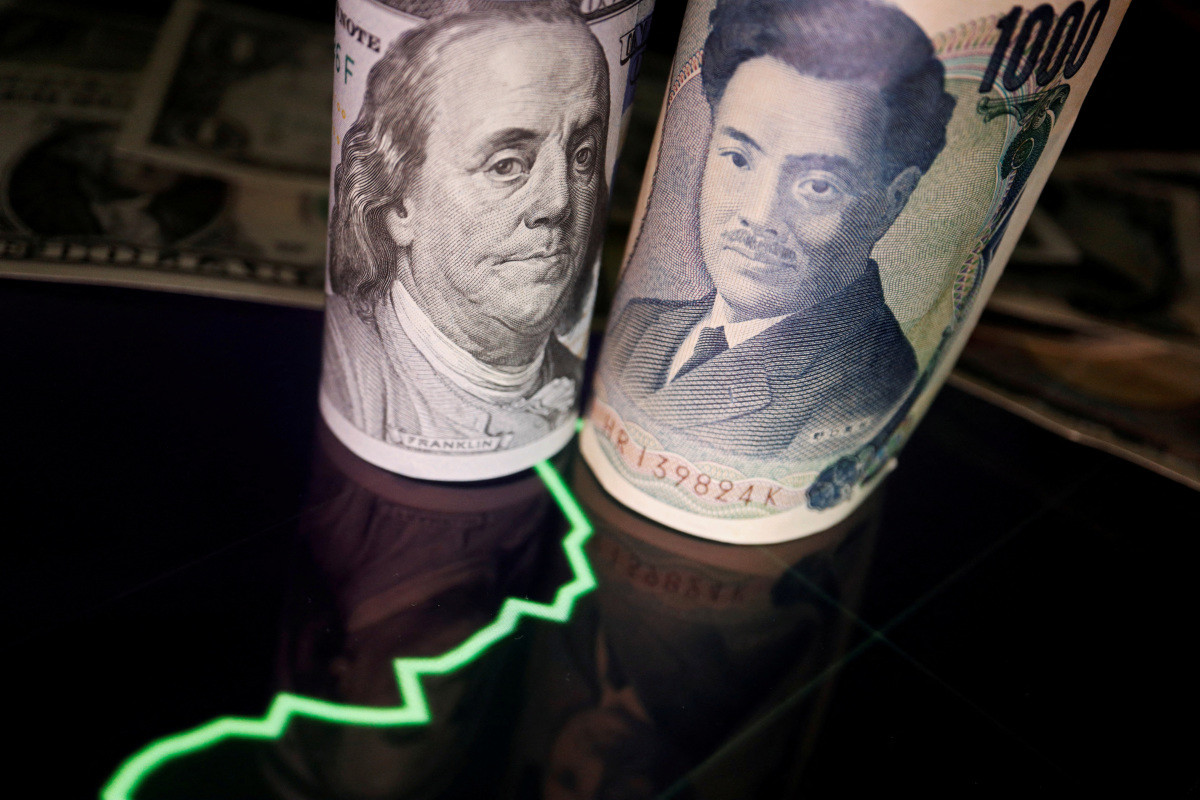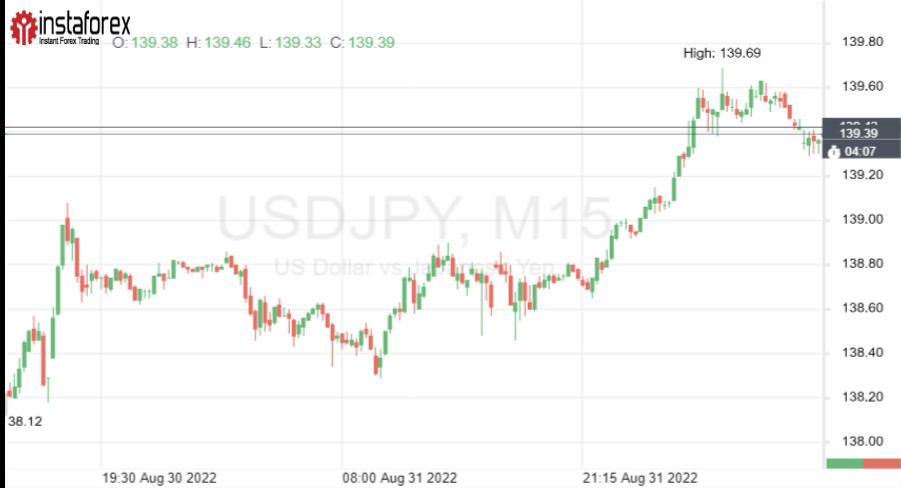
USD/JPY resumed its rally after a brief respite, with the US dollar beginning a parabolic move against the Japanese yen early on Thursday.
At the beginning of the Asian session on September 1, USD/JPY hit a new 24-year high and reached 139.59.

In several hours, the US dollar jumped by 0.5% against the Japanese yen, fuelled by rising US Treasury bond yields.
The yield on 10-year US Treasury bonds increased to 3.2%, while the 2-year Treasury yield rose to 3.516%, its highest level since late 2007.
Treasury yields went up following comments by Loretta Mester, the president of the Fed Reserve Bank of St. Louis. Mester said she sees the Fed funds rate rising above 4% in 2023.
"I do not anticipate the Fed cutting the fed funds rate target next year," Mester added.
The remarks by the president of the FRB of St. Louis reinforced market expectations of the long-term hawkish stance of the Federal Reserve.
Earlier, many market players were worried that Fed policymakers could soften their stance on interest rates due to recession risks.
Fed chairman Jerome Powell clear all doubts about the Fed's resolve during the symposium in Jackson Hole on Friday. Powell stated that the US central bank will stick to its current policy course until price stability is achieved.
On the other hand, Haruhiko Kuroda, the governor of the Bank of Japan, spoke in favor of maintaining an ultra-dovish monetary policy.
Both the Fed and the BOJ have defined a clear strategy for themselves. Now, it is absolutely obvious that the monetary policy gap between the US and Japan will continue to widen.
As a result, the gap between yields of US Treasuries and Japanese sovereign bonds will also rise, reinforcing the US dollar's dominance over the yen.
The inflation-adjusted yield gap between US and Japan has approached the yearly high, which dims the outlook for JPY in the short term.
The next key level for traders is 140. Analysts predict that JPY/USD could surpass it before the next Fed policy meeting on September 20-21.
If US macroeconomic data in the run-up to the Fed meeting turn out to be positive, it would greatly increase expectations of a 75 bps interest rate hike. This would boost USD's upward momentum against the Japanese yen.
The Japanese yen is also affected by yesterday's statement by the Bank of Japan. On Wednesday, the BOJ stated it will conduct fixed-rate purchase operations for cheapest-to-deliver Japanese government bond (JGBs) notes for an extended period of time from September 1.
The Japanese regulator's actions showcase it dovish stance, aggravating the yen's performance. Some analysts think it will not be long before the Japanese yen slumps below 140 to the dollar.
However, in this situation, Japanese officials could intervene to stop the devaluation of the yen.
The Bank of Japan performed a currency intervention during the Asian financial crisis of 1998 when the yen reached around 146 to the dollar.
The regulator had previously intervened at levels around 130.





















